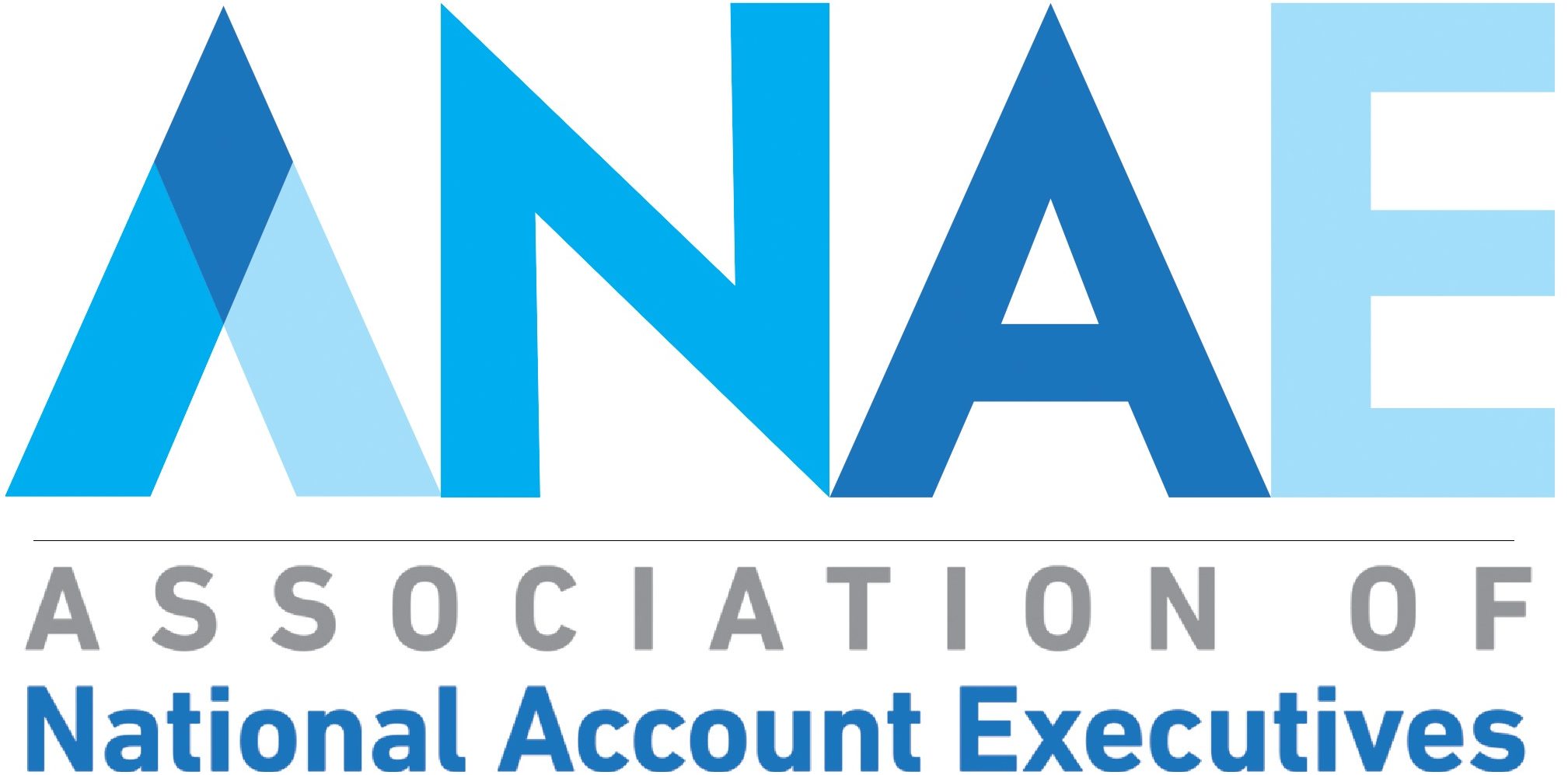By Graham Garrison
Are we all on the same page? Suppliers, hospitals and vendor credentialing companies appear to be moving in step with each other…with a few exceptions
“Pragmatic and optimistic” is how Bruce Mairose describes the recent Vendor Credentialing Summit in Alexandria, Va. “I believe each of the constituencies have a desire to do the right thing for the patients,” says Mairose, vice chair, supply chain operations, Mayo Clinic. “There is consensus on the need for national standards as well. I believe there is a recognition of what expectations should be guided by national standards.
“The challenge for everyone is coalescing not only peer groups, but internal stakeholders within their respective organizations, around common interpretation of the requirements and guidelines that are driving [healthcare industry representative] credentialing.”
Since vendor credentialing first reared its ugly (or beneficent, depending on one’s point of view) head six or seven years ago, supply chain executives and their vendors have hardly seen eye to eye on the issue. But recent work by the hospital associations of Indiana and Minnesota, and Mayo Clinic, as well as the recent Summit, point to what looks like a new day. (See related article.) This new attitude may become formalized with the anticipated launch of an industrywide group focused on vendor credentialing – the Coalition for Best Practices in HCIR Requirements (where “HCIR” stands for “healthcare industry representative”).
“People feel there’s hope,” says Rhett Suhre, chair of the Advanced Medical Technology (AdvaMed) working group on HCIR credentialing and director, HCIR credentialing, Abbott. “At the first Summit, there was confusion, misunderstanding and frustration. At the second Summit, the attendees discussed what requirements were the most appropriate. At this year’s Summit, we discussed the work that had been done to arrive at a draft best practices document, and spent the majority of the meeting sharing best practices and working toward how to best meet the requirements.
“Everybody understands why this is needed in the industry,” says Suhre. “It’s all about improving patient care. If we can all understand that, we can work together on how we can best do it.”
Read the full article at http://www.jhconline.com/vendor-credentialing-are-we-all-on-the-same-page-yet.html
- February 14, 2019 - February 22, 2019
- January 31, 2019 - February 13, 2019
- January 25, 2019 - January 25, 2019

Vendor Credentialing has leveraged its way into hospitals through fear, force, and unbridled desires for monetary gain. To say that vendor credentialing is intended to provide safety and security for patient care couldn’t be further from the truth. Simply put, credentialing, under its current platform, does nothing for patient care except increase costs associated with health care. Case in point, if vendors are prohibited from entering hospitals due to strict and unnecessary regulations, then it limits competition. Without competition, prices rise similar to supply and demand. Secondly, the only benefactor to credentialing is the company enforcing the chaos. Their systems are not properly maintained and the level of redundancy and across the board inconsistent practices is not unlike the recent launch of unified healthcare in the states. It could be argued, based upon size of organization; revenues; barriers to entry, etc. that credentialing be considered a restraint of trade or unconstitutional. The further away from the actual department one leaves decisions to be made, the less effective the results. The process was ill-advised and poor executed at the haste of being the first organization to profit from such regulatory practices. Hospitals don’t benefit rather, they are scrutinized through fear tactics and threats of litigation to abide by a system that was unilaterally adopted through legislation and lobbying efforts. Manufacturers of medical devices and pharmaceuticals have once again, been imposed with “taxes” that are unrecoverable in some cases. For example, vendor A enters hospital B. Vendor A conducts no business and isn’t sure if there’s even a chance to provide services. In order to gain access, Vendor A is required to pay a fee (to a credentialing house) only to find out that Vendor A cannot provide service to Hospital B. And, as for the chicken or the egg…without innovation and companies pioneering advances for the ultimate of patient care, hospitals wouldn’t be around let alone the bureaucracies like credentialing services. There are easier ways to protect patient records than requiring every vendor to pay taxes. There are easier ways to ensure safety practices regarding health or medical wellness of vendors entering hospital environments. It’s called accountability. The burdens should be those imposed by the respective organizations. Hospitals shouldn’t leave records unattended. Vendors need to demonstrate controls for health/wellness safety before entering hospitals. Credentialing companies care nothing about compliance or patient safety rather, getting paid for managing laziness. I have much more to vent but the topic sickens me.